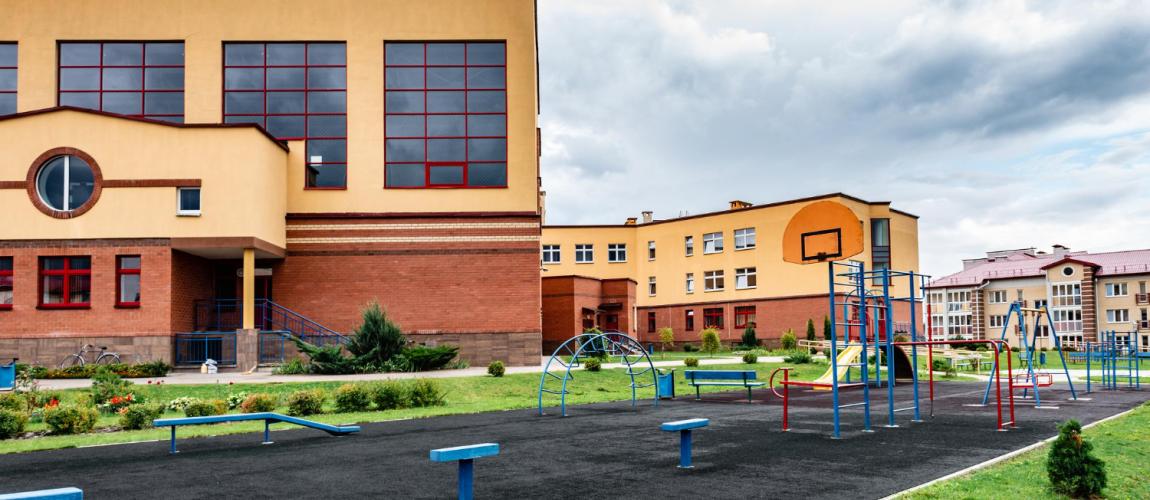Varaždin County School Program, Croatia

Photo Credit: Image by Freepik
On this page: A case study on Varaždin County School Program, Croatia. Find more at the Municipal Public-Private Partnership Framework - Project Summaries section for brief summaries of around 100 projects from around the world, examples of successes and challenges, as well as innovative ideas on solutions, or visit the Guidelines to Implementing Asset Recycling Transactions Section Overview and Content Outline, or download Full Version of the Report.
Project Summary: Background At the time this project was initiated in 2006, the schools in Varaždin County, Croatia had become significantly overcrowded. To accommodate all students, schools had started organizing their classes into two core sessions per day, one morning school and one afternoon school, for six days each week instead of five. To address the overcrowding issue, the County identified a need to build one new school, reconstruct 21 existing schools, and construct ten gymnasiums. Project Structure The County elected to pursue a PPP for the project using an availability payment mechanism. To this end, the County began competitively tendering the projects at the beginning of 2006. Through competitive negotiations, the County awarded and executed eight PPP contracts with three special purpose vehicles (SPVs), mostly consisting of domestic companies. Through these eight contracts, which had an estimated value of EUR 40 million (USD 46 million), the SPVs assumed responsibility for designing, financing, constructing or reconstructing, and operating the 22 schools and ten gymnasiums. Construction was to begin by the end of the same year and the concession period would last for 25 years, after which the schools and gymnasiums would transfer to the County. The SPVs financed the capital investment cost with a commercial bank loan. In return, the SPVs are entitled to availability payments, which are shared by the County and the local municipalities served. The County is liable for 80 percent of the amounts payable, and the municipalities are responsible for the remaining 20 percent The contracts stipulated the standards, key performance indicators, and payment mechanisms, including service failure deductions, over the contract’s lifetime. They further included other facility requirements, such as environmental, structural, health and safety, fire protection, and natural disaster parameters. The contracts also delineated when the school facilities needed to be available for school use. Lessons Learned Construction started towards the end of 2006 and the premises opened in September 2008. The project was developed as planned, without any delays or additional costs. By bundling the project, the County allowed for the construction or reconstruction of several schools within a short period. The project helped the County ensure equal standards in education delivery in these schools and contributed to higher educational achievements, as evidenced by these students’ exceptional performance in several national competitions. The PPP approach further allowed school principals to focus on education rather than building administration and operational issues. This program was later used as a precedent for similar PPP projects in other counties and municipalities in Croatia.1 Footnote 1: Source(s) https://www.unece.org/ fileadmin/DAM/ceci/ documents/2018/PPP/ Forum/Documents/ Case_Study_ Database_2018.pdf https://www.ebrd.com/ downloads/research/ news/lit112c.pdf accessed 8 February 2019 Hudek and Sinkovic (2018). “Public- Private Partnerships as a Model for the Development of Education Infrastructure and Pedagogical Standards: The Case of Varaždin County, Croatia.”
This is a new section of the PPPLRC website and is currently in draft form. Your feedback is welcome: If you would like to comment on the content of this section of the website or if you have suggestions for links or materials that could be included please contact us at ppp@worldbank.org.
To find more, visit the The Municipal Public-Private Partnership Framework - Project Summaries section, the Guidelines to Implementing Asset Recycling Transactions Section Overview and Content Outline, or download Full Version of the Report.
Updated: March 9, 2024